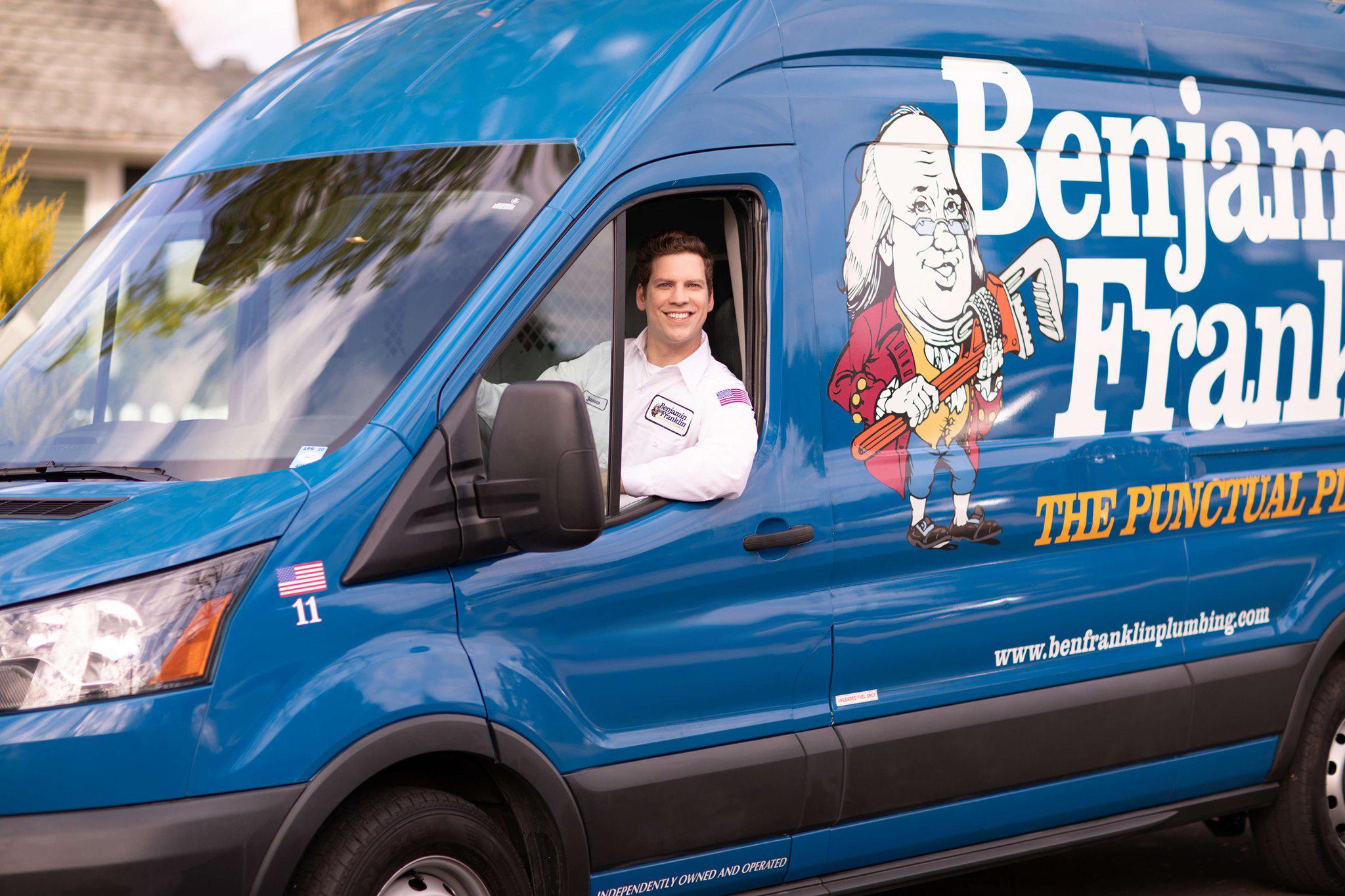
Did you take the time to appreciate your toilet today? Some Americans might take their bathrooms for granted, but we've only enjoyed the benefits of indoor plumbing for a relatively short period of human history. Next time you're fighting a clog or cursing at a frozen pipe, take a moment instead to give thanks for the convenience and sanitation of modern plumbing and think about how far we've come.
Aqueducts and Sewers
Our modern system of water mains and sewers didn't develop overnight. In fact, a number of ancient cultures used some form of plumbing. Civilizations in India, China, Central America, the Middle East, and the Mediterranean all came up with systems to provide clean water to citizens and remove waste from densely populated areas. Ancient Rome was the most advanced, building giant aqueducts that brought water into city centers and individual homes and using underground sewers to carry it away.
However, when the Roman Empire collapsed in the 5th century their plumbing advances fell by the wayside as well, and Europe descended back into the world of outhouses and chamber pots for over 1,000 years. Poor sanitation and dirty drinking water led to the spread of diseases like typhoid, cholera and the plague, contributing to mass deaths and low standards of living overall.
The Spread of Sanitation
Fortunately, plumbing technology made a comeback and helped usher the Western world into a cleaner and more enlightened era. London began experimenting with providing fresh water to the city in the 17th century, but most other population centers lagged behind. Cities in the United States gradually integrated their own water systems. In 1833 the White House had running water installed in its first floor. In 1855, Chicago became the first American city to install a comprehensive sewer system.
At the turn of the century, many people still used rain barrels and wells to get their water, while public fountains and water trucks provided it to people living in cities. But convenient water access and sewage removal went from a novelty to necessity over the course of the 20th century. And the toilet itself? There had been various attempts throughout history to build a functioning model, but it wasn't until Thomas Crapper's design at the end of the 19th century that one really caught on with the masses.
Toilets of the Future
Today, nearly all homes in North America are equipped with running water and indoor plumbing. New developments continue to improve the systems we already have in place. The preferred material for pipes has evolved from lead to copper and now to plastics. Engineers are designing more efficient shower heads and faucets so we use less water and don't stress our supplies. The next innovations may be in smart technology, integrating your plumbing into your home's central nervous center to seek maximum efficiency while still fulfilling your water-supply preferences.
Next time you have a breakdown in your home plumbing, take comfort in knowing you can call a plumber and have your system back up and running in no time.
Contact your local Benjamin Franklin® at 800-259-7705 for any plumbing questions or problems. We’re always here to help!
